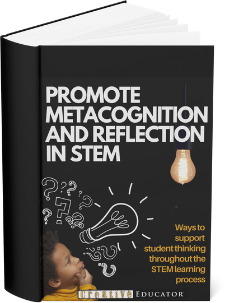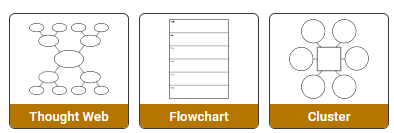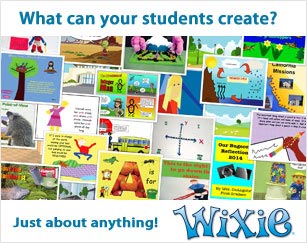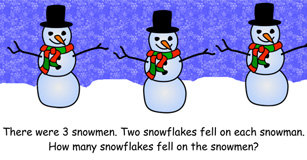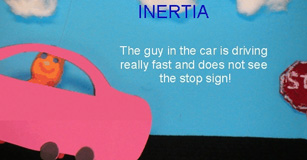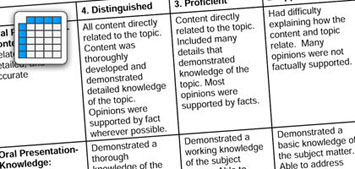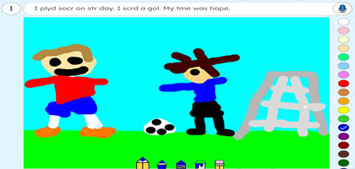Helping Students Write the Story Only They Can Tell
Help students uncover their values and own their story

The cursor blinks.
Calvin stares.
He just read the college essay prompt: "Tell us about yourself."
And there it is… the universal freeze.
Calvin, who can talk for ten straight minutes about the physics of a perfect spiral pass, suddenly looks like he's forgotten every adjective he’s ever known. You lean over and ask, "What's tripping you up?"
He shrugs. "I don't know what to say. I don't really… do anything."
Every educator knows that moment—the heartbreaking gap between what we see in our students and what they see in themselves.
It's not a writing problem. It's a self-story problem.
And honestly, can we blame them? For years, we've asked students to describe themes and characters and historical causes. But when it's time to describe themselves, there's no rubric, no anchor chart, no right answer.
What if we helped them create the story of who they are becoming; not as a one-time essay, but as a framework they can carry into essays, interviews, and life? Here's how.
Start With a Game: Would You Rather? (Values Edition)
Before diving into essays or mission statements, start with something fun… and sneaky.

Ask your students a few rounds of Would You Rather? Start light with silly stuff about pizza toppings or invisibility. But then, level up:
- Would you rather take the lead on a group project or help everyone stay organized behind the scenes?
- Would you rather figure something out alone or ask for help early?
- Would you rather do one thing perfectly or try ten things and fail at a few?
- Would you rather be known for being kind or known for being brave?
Suddenly, students aren't just blurting answers, they’re defending them with their own experiences. "No, no, I'd definitely rather help the team than be in charge" and "Wait, can I change mine? It depends on the project."
There it is: self-reflection disguised as debate. After a few rounds, reveal the twist: Everything you just said? Those are your values talking.
Have them jot down what they learned about themselves:
- What did I notice about the choices I made?
- What patterns do I see?
- Which values might matter most (list some core values - creativity, teamwork, independence, kindness, courage)?
In just ten minutes, they've started building their personal operating system.
Turn Values Into Stories
Once students identify their values, help them bring those ideas to life through stories as:
- Writing warm-ups
Tell a story where you showed persistence. - Group activities
Share a story that shows one of your top values, but don't say which one; let students guess. - The foundation for a college essay
Now that you know your stories, which one best answers ‘Tell us about yourself’? - A deposit into their "brag bank" of interview answers
Bonus, these can be used in a variety of situations!
By focusing on values and stories instead of résumé items, you shift the narrative from what I’ve done to who I am.
If they are still struggling, ask them to think of a time when they were proud of themselves. What happened? Which of their values showed up in that moment? or flip it and ask them to think of a time they weren't proud. What value did they ignore or forget?
These stories become the foundation of their personal pitch deck… a way to explain what makes them unforgettable. In business, a pitch deck sells an idea. In life, it helps students tell their story with confidence.
Build a Board of Advisors
Next, ask students to think about the people who guide, challenge, and support them. Every successful leader, artist, or athlete has one.
Who would they want on their personal board? Encourage students to list three names. For example, a favorite teacher, a friend who keeps them grounded, a parent/coach/sibling, or even a fictional character who inspires them.
Next, have them choose one person they don't know, but they wish they could add. Then ask them to write one question they’d love to ask that person.
You've just help them connect self-awareness to relationship-building; two of the most transferable skills they’ll ever need.
Make It a System, Not a One-Off
The beauty of this approach is how easily it fits into what you’re already doing.
- In English, it’s narrative writing.
- In advisory, it’s SEL.
- In career prep, it’s goal-setting.
- In art, it’s self-expression.
Whether it's the Would You Rather? game, story mapping, or creating a board of advisors, it helps students understand the same idea:
“You are the CEO of your life. You get to decide what you stand for, how you tell your story, and who helps you grow.”
That's not just college or career readiness. That's life readiness.
Why It Works
Students light up when they realize self-discovery can be playful. Games lower defenses, stories make reflection concrete, and building a board of advisors turns growth into connection.
And here's the real magic: this process doesn't just prepare students for essays or interviews. It also helps them navigate all the "tell me about yourself" moments ahead: meeting a new boss, applying for a scholarship, joining a team, or introducing themselves at orientation.
They learn their story isn't fixed. It’s a living document they get to edit and refine as they grow.
Back to Calvin and the Blinking Cursor
Picture Calvin again, facing that same prompt. Only this time, he’s played the game, told his stories, built his board.
He opens his laptop, takes a deep breath, and writes:
“I've always been the one behind the scenes, organizing the chaos so my team can shine. It's not flashy, but it's who I am. And I'm proud of that."
No AI could have written that. Because no algorithm knows what it feels like to be him. That's the point.
We don't need to just teach students to write; we teach them to understand themselves. Harvard Business Review found that self awareness is the number one predictor of leadership success. And when they understand themselves, they can write the story only they can tell.



